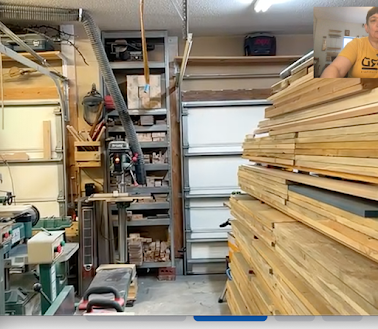This winter, while I've been dealing with a few health issues that forced me to stay home a lot more, I've had some time to explore several different "workout" pads.
A definition: I consider a "workout" pad to be a pad with lower resistance, a pad that makes you slow down and analyze your strokes and then makes you build speed gradually while your wrists and hands work a little harder than on a real drum.
Most marching-specific pads are high-resistance, meaning they have a fast rebound and often a harder surface akin to a marching snare drum.
Workout pads are kind of the opposite of that. The degree of lower resistance depends on the make, model and purpose. Here's a few that I've tried, some of which I still own:
Reflexx: Now distributed in a partnership with Zildjian, this pad entered the market several years ago and was immediately a revelation. Its rubbery "Flexx" surface offers enough rebound to give some bounce, but just enough that your hands still get a great workout. The underside features a stiff, fine sponge that offers almost no rebound, but is more satisfying to work out on than, say a pillow. I have this pad and like it a LOT.
Note: several months after the Reflexx-Zildjian partnership was released, Meinl and Vater announced they'd be adding a single-sided version of this pad to their catalogs. Both of these pads are due out sometime next month, and feature only the bouncier "Flexx" surface. The underside will have a non-skid panel and a threaded insert for mounting on a cymbal stand.
As far as I know, these developments were all done with the blessing of (and presumably, compensation to) the fellow who founded Reflexx. It will be interesting to see if the "Flexx" surface has undergone any tweaking at all in these new single-sided versions.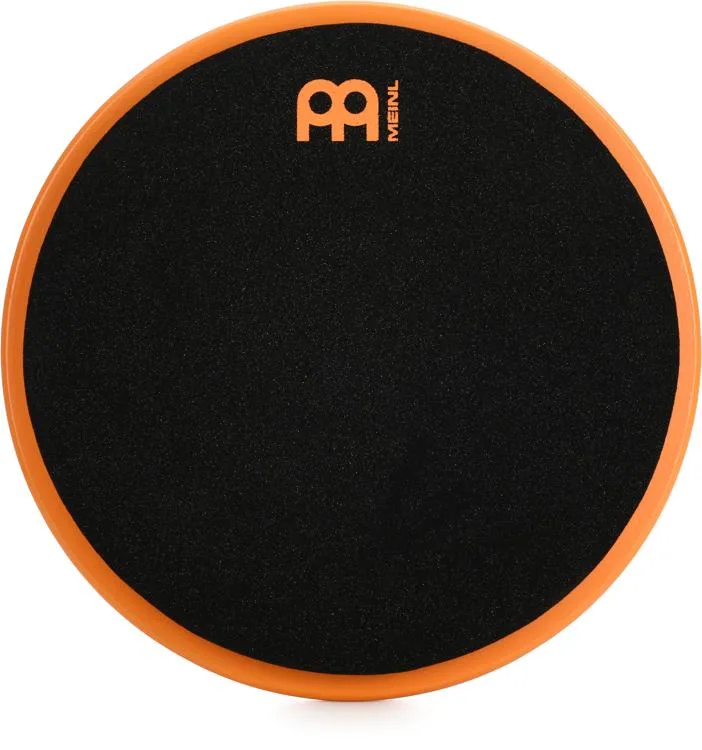
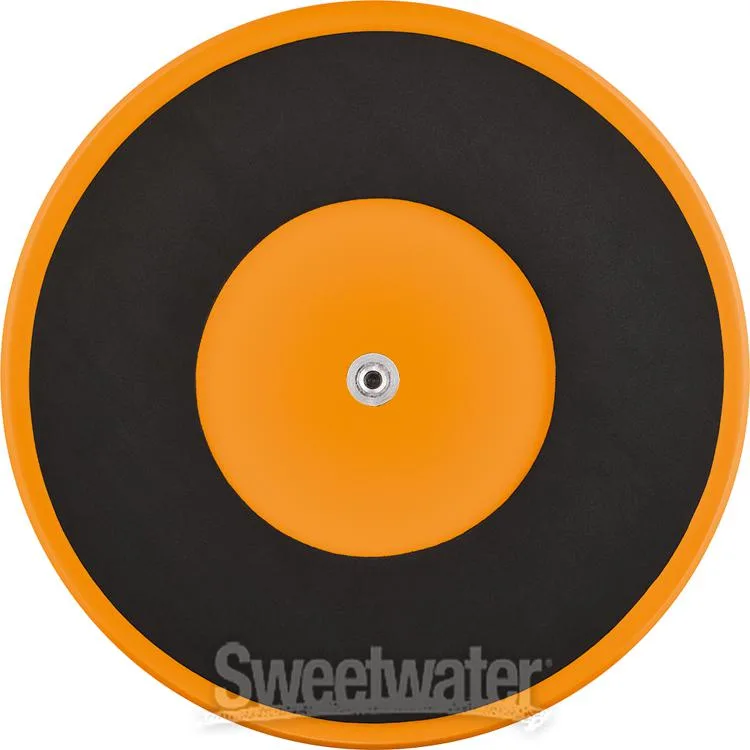
Prologix: There are four degrees of resistance in the Prologix line. The green pads offer higher resistance and won't be discussed here.
-- Red Storm: a medium-resistance pad that's designed to simulate the tension of a drumkit tom head. It has as much or just a tiny bit more rebound than the Reflexx "Flexx" side, but I found it to have a strangely dead feel that I didn't care for.
-- Blue Lightning: A lower-resistance pad that is softer than the Red Storm, but still offers some rebound. I actually like this pad, and find it to have just slightly less rebound than the Reflexx's "Flexx" side.
-- Blackout: Designed to offer similar qualities to the Reflexx, but with far less rebound. I didn't care for this pad, but some drummers love it.
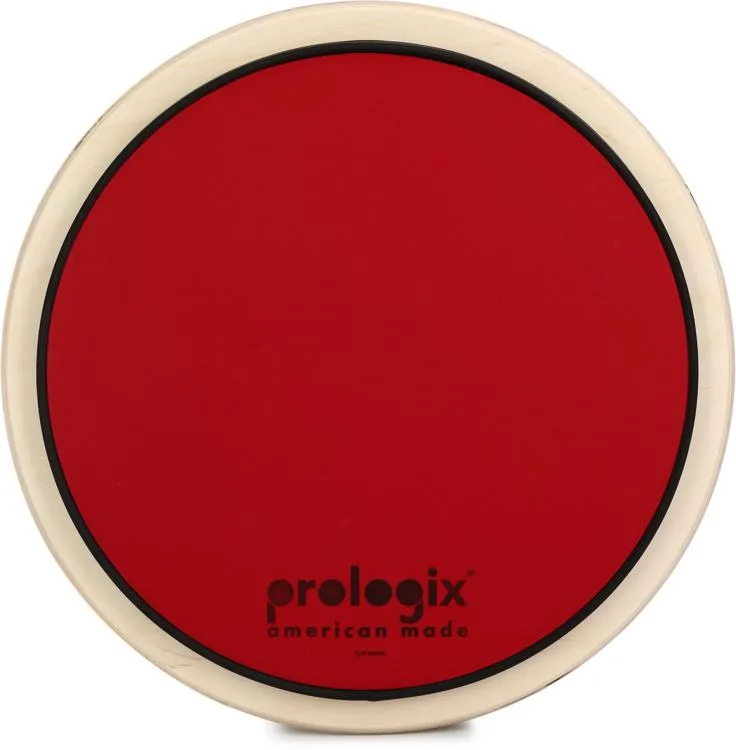
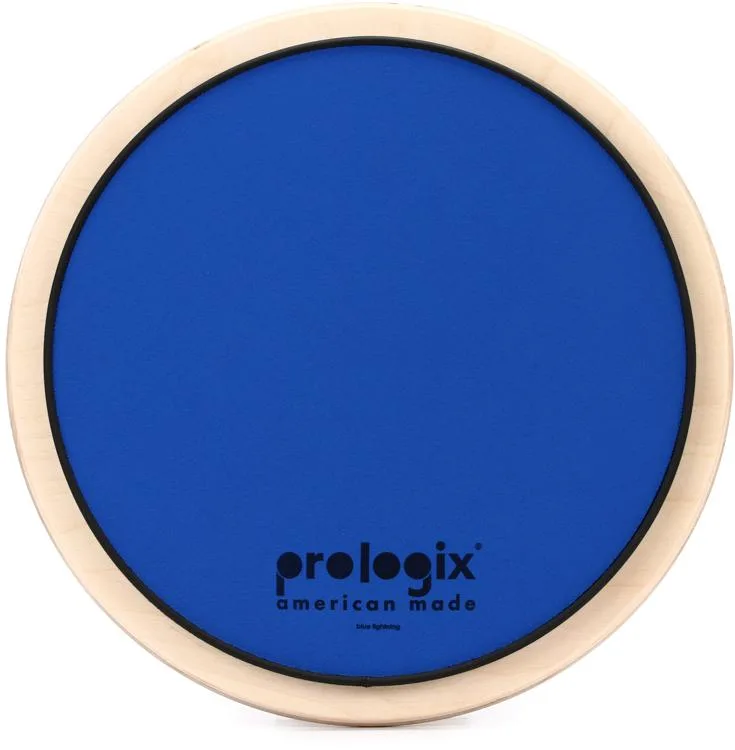
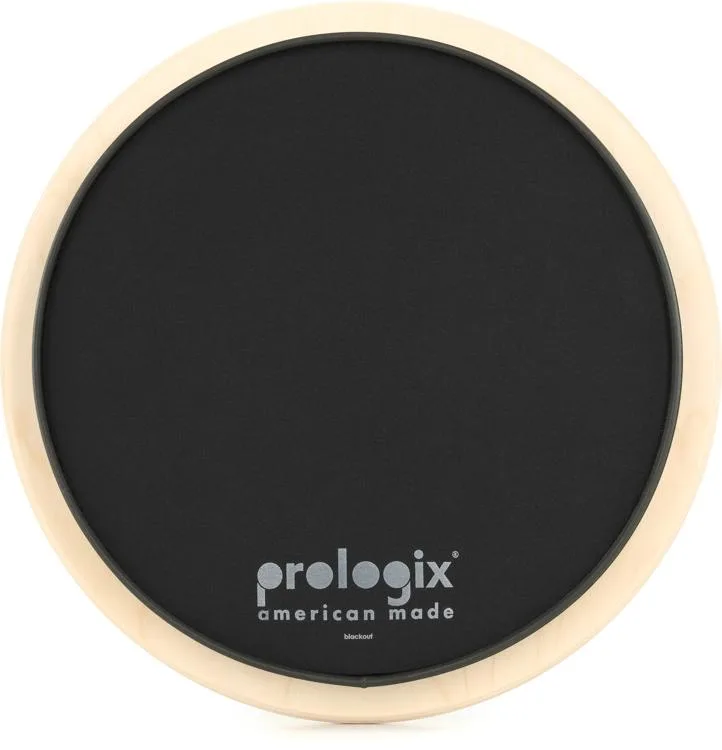
Drumeo's Quiet Pad, first edition: When Drumeo, the online platform for private lessons from dozens of pro drummers, entered the fray with its own practice pad, the first version was labeled "Quiet Pad". It came with a blue silicon rubber surface with plenty of rebound like a snare drum, and the underside was a softer, squishy black foam that was meant to be a workout surface.
This version of the pad, while not a true workout pad, has a more useful foam side in that there's actually a fair amount of rebound.
Later versions of this pad were re-labeled "Drumeo Practice Pad" and utilize a stiffer black foam surface with almost no rebound. I don't care for this newer version as much, but it's all that's available now. (If you're lucky, you may find an earlier "Quiet" Pad version for sale used somewhere, as I did.)
COMING SOON: I will be testing and reporting back very soon on a new pad from Revolution Drum, based in Bend, Oregon. I was able to order a "blemished," B-Stock version of their Chopping Block pad at a discount, and it should arrive sometime in the next week.
Keep practicing, and happy chopping.






